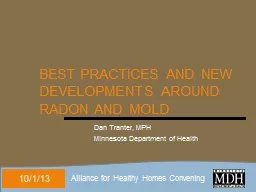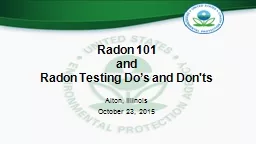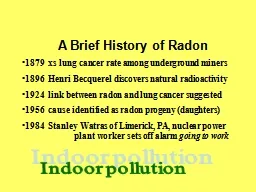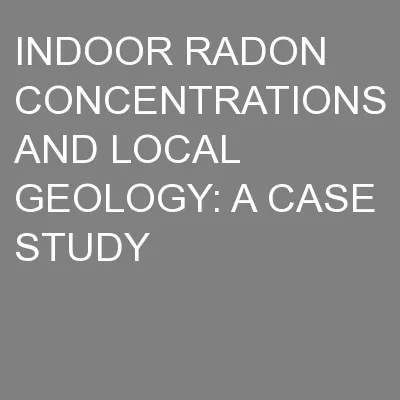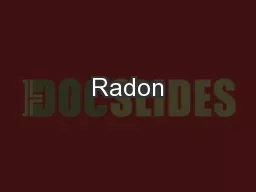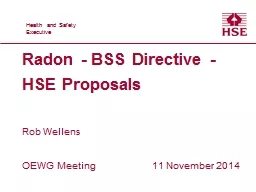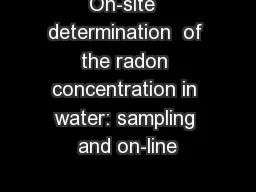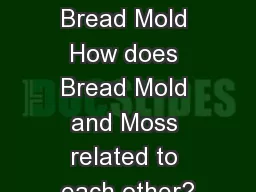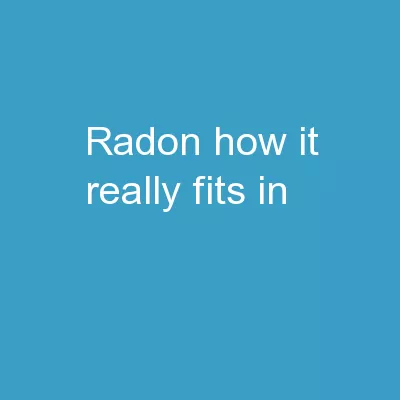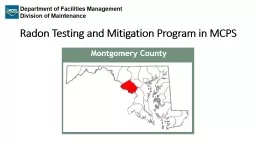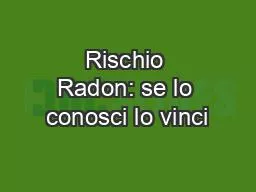PPT-Best Practices and New Developments Around Radon and Mold
Author : lindy-dunigan | Published Date : 2020-04-10
Alliance for Healthy Homes Convening Dan Tranter MPH Minnesota Department of Health 10113 A widespread lung carcinogen Radon Basics Radon Key Facts A colorless tasteless
Presentation Embed Code
Download Presentation
Download Presentation The PPT/PDF document " Best Practices and New Developments Ar..." is the property of its rightful owner. Permission is granted to download and print the materials on this website for personal, non-commercial use only, and to display it on your personal computer provided you do not modify the materials and that you retain all copyright notices contained in the materials. By downloading content from our website, you accept the terms of this agreement.
Best Practices and New Developments Around Radon and Mold: Transcript
Download Rules Of Document
" Best Practices and New Developments Around Radon and Mold"The content belongs to its owner. You may download and print it for personal use, without modification, and keep all copyright notices. By downloading, you agree to these terms.
Related Documents

